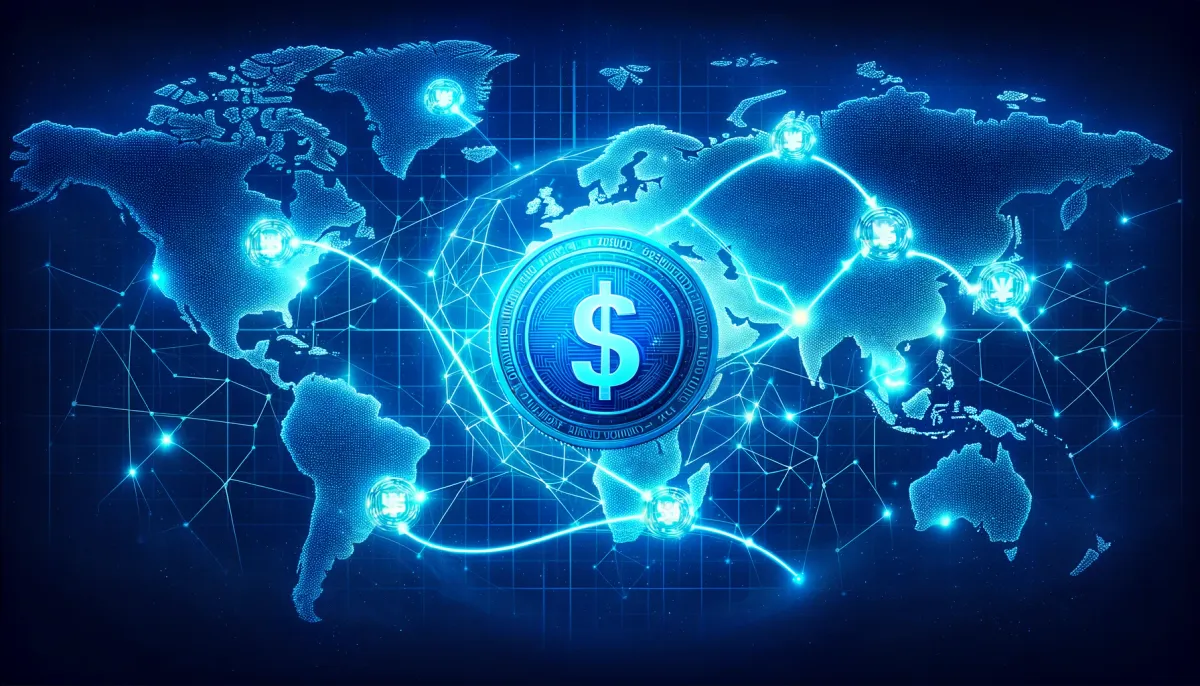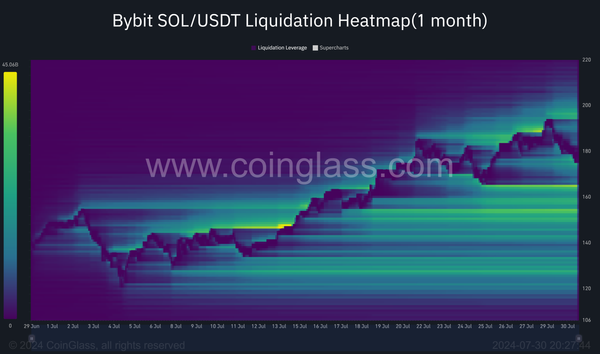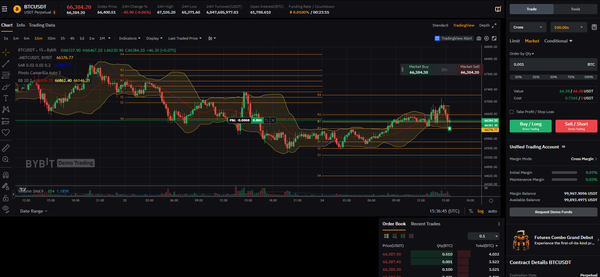Transforming Global Remittances with USD Coin (USDC): A New Era for Financial Inclusion

In an increasingly digital world, the way we manage and transfer money is undergoing a revolutionary transformation. At the forefront of this financial evolution is USD Coin (USDC), a stablecoin that merges the stability of the US dollar with the efficiency of blockchain technology. This innovation is not just a technical advancement; it's a lifeline to financial inclusion, especially in third-world countries where traditional remittance services like MoneyGram or Western Union dominate. Let's delve into how USDC works and its profound impact on global remittances, offering a beacon of hope for cost savings and accessibility in regions most in need.
Understanding USD Coin (USDC)
USDC is a type of cryptocurrency known as a stablecoin, designed to minimize the volatility associated with digital currencies. Pegged 1:1 with the US dollar, it ensures that for every USDC issued, there is an equivalent amount of US dollars held in reserve. This pegging mechanism allows USDC to maintain a stable value, making it an ideal medium for transactions and savings.
Issued by regulated financial institutions, USDC operates on various blockchain platforms, including Ethereum and Solana, benefiting from the security, transparency, and efficiency of blockchain technology. It's used for remittances, payments, trading, and decentralized finance (DeFi), providing a stable and efficient alternative to traditional financial systems.
Revolutionizing Remittances
The remittance use case of USDC is particularly transformative for third-world countries. Traditional remittance services in these regions are often expensive and slow, burdened by high fees and banking barriers. Here's how USDC is changing the game:

Lower Transaction Fees
USDC transactions bypass the hefty fees associated with traditional money transfers. Blockchain technology facilitates minimal transaction costs, directly translating to cost savings for individuals sending money across borders. This is a significant advantage in third-world countries, where every dollar saved makes a difference.
Faster Transactions
Unlike the days-long process typical of traditional services, USDC transactions can be completed almost instantly. This speed is crucial for recipients who rely on remittances for emergencies or daily living expenses, providing them with timely financial support.
Bypassing Banking Barriers
Access to banking is a significant challenge in many third-world countries. USDC offers a solution by allowing individuals to receive, hold, and spend money using just a digital wallet, eliminating the need for a bank account. This accessibility is a significant step towards financial inclusion, bringing unbanked populations into the global financial ecosystem.
Enhanced Security and Transparency
Blockchain's inherent security and transparency ensure that USDC transactions are safe and easily verifiable. This reduces the risk of fraud and loss, making digital remittances a reliable alternative to physical cash transfers.
Financial Inclusion
USDC empowers individuals in third-world countries by providing affordable and accessible financial services. It opens up opportunities for small businesses and entrepreneurs to participate in international trade, driving economic growth and development.
Navigating Challenges
Despite its benefits, the adoption of USDC for remittances faces challenges, including digital literacy, volatility in cryptocurrency exchanges, and regulatory hurdles. Overcoming these obstacles requires concerted efforts from technology providers, regulators, and the global community to ensure that the benefits of USDC can be fully realized.
Conclusion
USD Coin (USDC) represents a significant leap forward in the quest for financial inclusion and the transformation of global remittances. By offering a stable, efficient, and accessible alternative to traditional financial systems, USDC has the potential to empower millions of people in third-world countries. As we embrace this digital currency, we move closer to a world where financial barriers are dismantled, and economic opportunities are accessible to all. The journey towards global financial inclusion is complex, but with innovations like USDC, the path is becoming increasingly clear.




